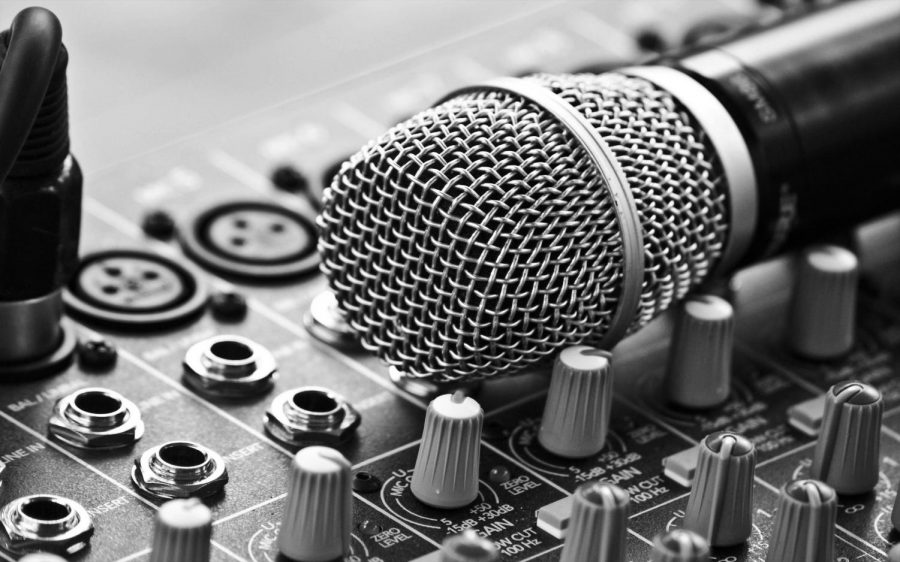The Music Industry Nearly a Decade Ago
January 8, 2018
With the New Year upon us, it’s hard to believe that 2008 was a decade ago. If you can remember 2008 clearly you might remember rocking out to “Viva La Vida” by Coldplay on your 3rd generation iPod Nano. Or how scandalous Katy Perry’s “I Kissed a Girl” was at the time. What you might not remember is how drastic sales of recorded music were dropping and how digital music was taking over.
Consumers were turning to digital music opposed to the once popular CD format. In 2008 “just over a billion songs were downloaded, a 27% increase from 2007” says Ben Sisario from the New York Times. According to Sisario, 2008 was the year that record companies began to wring in significant profits from music on the web like MySpace and YouTube. This wasn’t necessarily a good thing at the time. The money that was being made online was far less than what labels made on physical sales. This caused a completely different business model to emerge that was reliant on the Web. Record companies could no longer put the focus on physical copies of music when they weren’t making any profit off of it. Market analysts began to urge record companies to move all focus to digital downloads. This new business model also proved to have several different revenue lines. Albums were no longer the only source of income. Ringtone, merchandise, and licensing sales became an asset to most companies. The only music industry that has been steadily growing even through 2008 would be the concert business. According to Pollstar, ticket sales rose 7% in 2008 even when the average ticket price rose 8%.
With all this information we should probably take a look at how far we have come. 2008 brought a cultural change from a dependency on physical copies of music to a digital one. The Recording Industry Association of America (RIAA) stated that the plummet of music sales continued until 2016 when it rose nearly 10%. This was the largest annual increase in music sales in more than 20 years. The reason for such a huge change? Paid music subscriptions (Or possibly illicit activities). Pandora, Spotify, and Apple Music just to name a few changed the 1.16 billion dollar industry to a 2.50 billion dollar industry in just the span of a year. Due to music subscriptions, last year was the end of CD’s being the most popular music format. We, as the consumer, are paying less money for more content when we’re subscribed to Spotify for example as opposed to spending $10 on each individual album. We also have the freedom to listen to that one good song on an album instead of having to buy the whole thing. While the music industry is now much more convenient for the consumer it is also convenient for the musician. Social media now allows musicians (and their managers) to do most of their advertising and PR work right in the comfort of their home. Celebrity influence plays an even bigger role, making a single tweet have the power to move an up and coming musician to top ranks in what seems like minutes. This is shedding light on even more music than imagined. New genres are taking over, most notably EDM. Electronic music is becoming more than just a fad and has brought in $6.2 billion worldwide. Pop artists are starting to collaborate with EDM artists with hopes of gaining an increasing fanbase. These changes outline a future of artists joining together to create new forms of music never heard before, all of which can be accessed in seconds. Despite what statistics might say about the decline of recorded music.
It’s becoming clear that this change from physical to digital is bringing music lovers from every type of economic background the opportunity to appreciate the beauty, creativity, and growth of the industry just like all things must.
